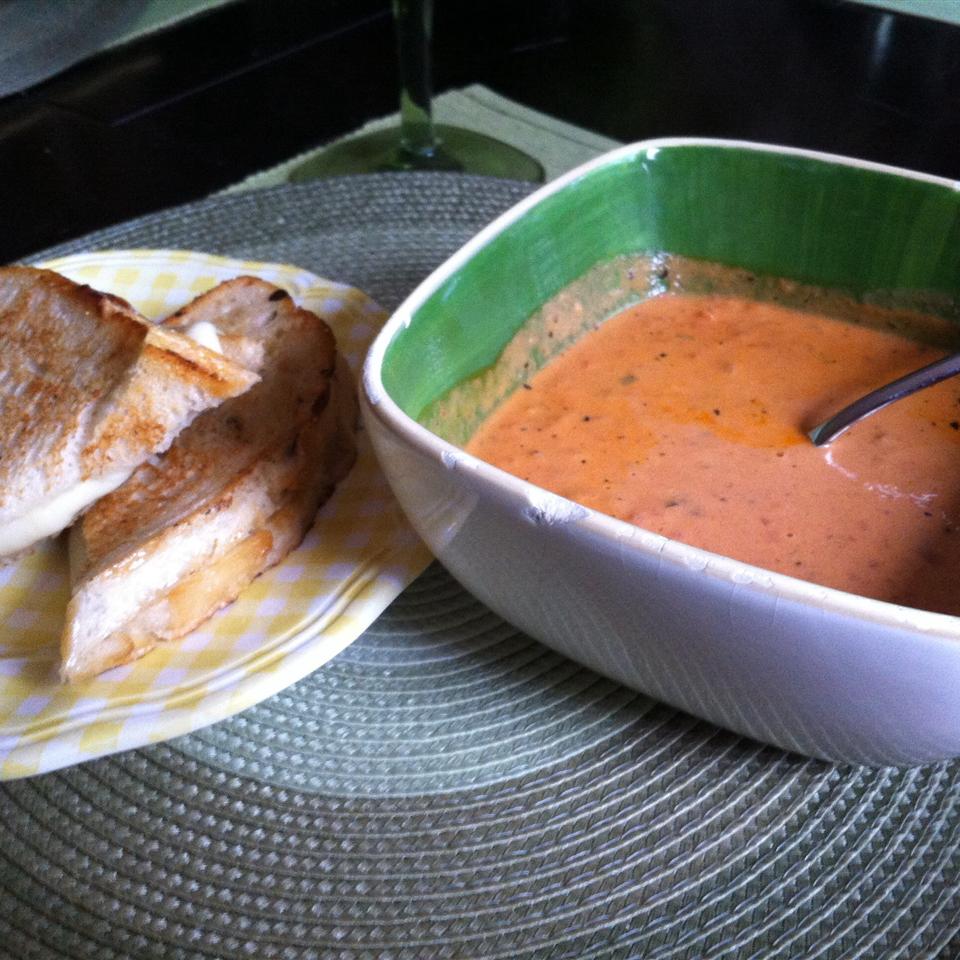Creamy Tomato Bisque

A delectable tomato-basil soup that rivals the famous restaurant version!
INGRIDIENT
DIRECTION
Step: 1
Melt the butter in a large saucepan over medium heat until foamy. Cook and stir the onion until golden brown, about 10 minutes. Stir in the tomatoes, anise liqueur, fennel seed, salt, and pepper, bring to a boil, reduce heat, and simmer to blend the flavors, about 30 minutes.
Step: 2
Stir in the half-and-half and basil, and heat on low heat until the soup is hot but not boiling. Puree until smooth with an immersion blender. Alternatively, pour the bisque into a blender, filling the pitcher no more than halfway full. Hold down the lid of the blender with a folded kitchen towel, and carefully start the blender, using a few quick pulses to get the bisque moving before leaving it on to puree. Puree in batches until smooth.
NUTRITION FACT
Per Serving: 142 calories; protein 3.7g; carbohydrates 13.7g; fat 8.8g; cholesterol 25.1mg; sodium 965.4mg.
The word “stew” can process to both a dish and a cooking method. Stewing makes not fast cooking chunks of meat, raw fruit or beans in a flavorful liquid . It’s same as to braising, but it does have a few piece of differences. The raw animal vested is chopped into few of pieces instead of being cooked whole , and the water based material completely covers the essential in a stew as different to a braise’s halfway full . When meat or vegetables are cooked using this method, the resulting dish is called stew.
Stew has a perception for being a rib-sticking eating process that comfortable you up on a cold , winter day. It’s true ; a bowl of classic beef stew does have warming properties , but stew’s comfort factor more than a way beyond preserving you from the cold . It’s all about those tender chunks of food and vegetables, swimming in a thick, ultra-rich gravy. The more they come together creates the greatest comfort food, no matter the weather.





